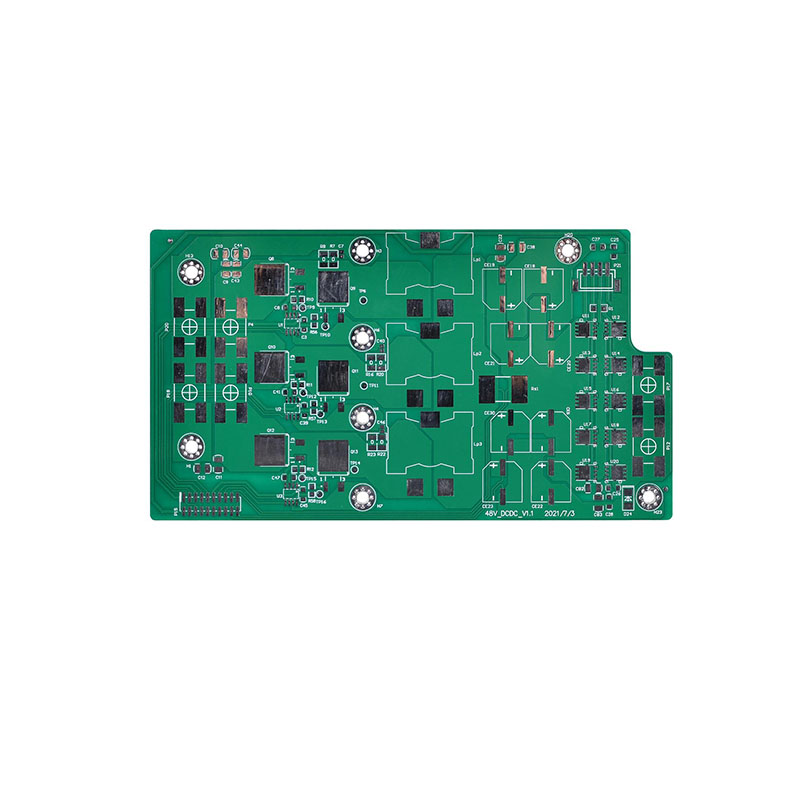What is PCB in automotive?
2024-07-05
PCB stands for Printed Circuit Board. In the automotive industry, PCBs are vital components that play a critical role in various electronic systems throughout a car. They act like miniaturized electrical highways, containing electronic components and pathways that enable these systems to function.
Here are some key characteristics of PCBs in automobiles:
Material: Unlike regular PCBs, those designed for cars use special materials that can withstand harsh automotive environments. They often incorporate flame-retardant properties and endure high temperatures and humidity .
Applications: PCBs are found in a wide range of automotive systems, including:
Airbag controls for passenger safety
Anti-lock braking systems (ABS) for improved handling
Powertrain controls to regulate engine performance
Climate control systems for maintaining cabin comfort
Entertainment systems for information and audio
Instrument clusters to display vital car information
Diagnostic systems to monitor car health
Types: Due to the diverse functionalities within a car, different types of PCBs might be used. These can include rigid PCBs for core systems, flexible PCBs for intricate connections in tight spaces, and even rigid-flex PCBs that combine both properties.
In essence, PCBs are the backbone of modern car electronics, silently working behind the scenes to ensure your vehicle's features and functionalities operate smoothly and safely.



